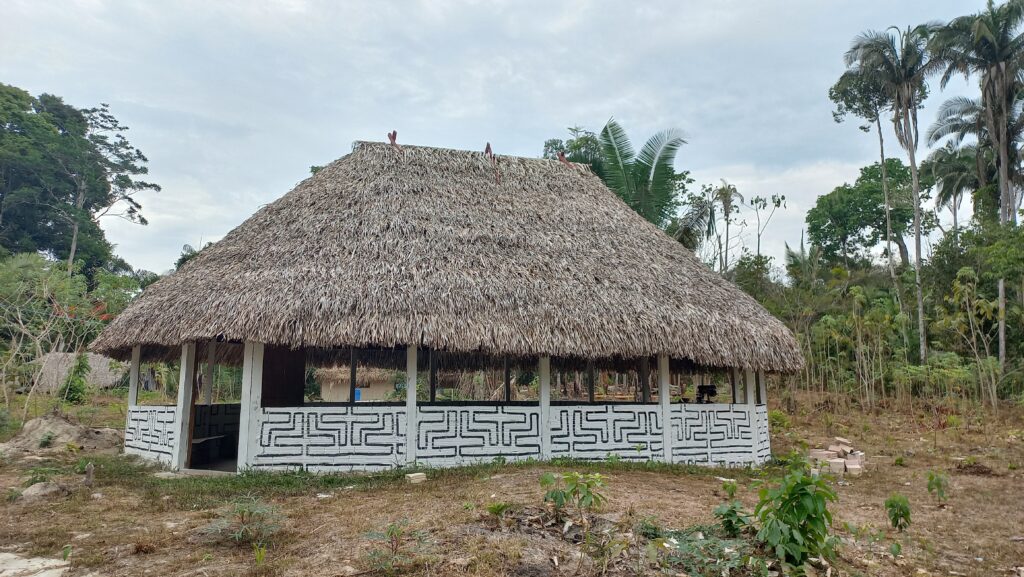
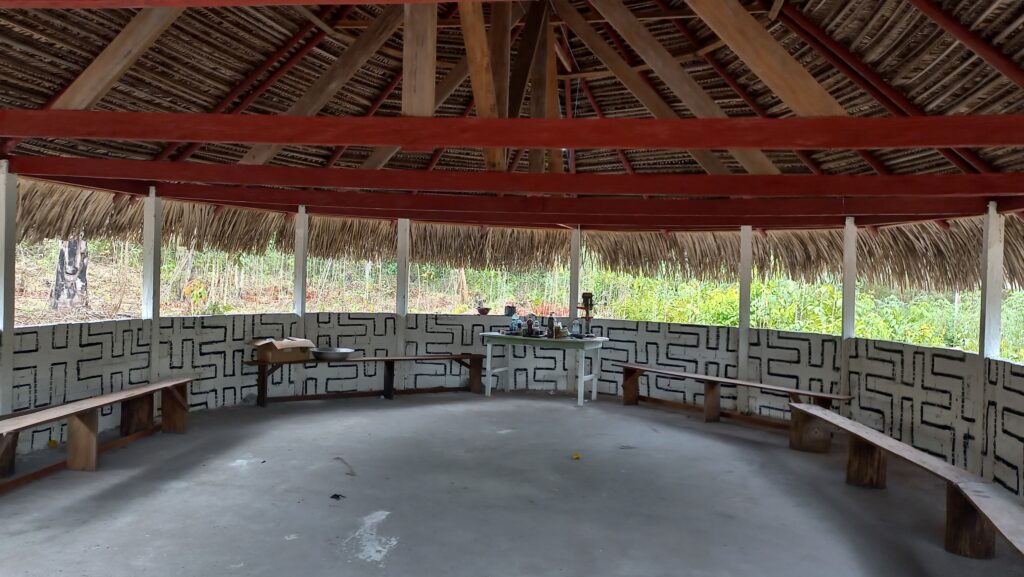
The strengthening of cultural bases is essential for the continuity of traditional knowledge, which in turn is the determining factor in the process of resistance of indigenous peoples. To this end, throughout history we have seen that the use of this knowledge has ensured survival in the face of the changes that have taken place.
The arrival of a globalized “new world” with technology has made the traditional irrelevant, and technology has also become a tool for historical erasure, continuing the cultural genocide that permeates us. However, since colonization, indigenous peoples have fought bravely to ensure their permanence in the most diverse threatening circumstances, adapting, prioritizing, above all, their essence, which is evidenced by the words of indigenous leader Augusto Ope: “They tore off our leaves, broke our branches, cut our trunks, but they forgot to tear out our roots”. And our roots run deep, allowing us to exist and coexist as we are, with our exceptional particularities that safeguard not only our territories, but the entire planet.
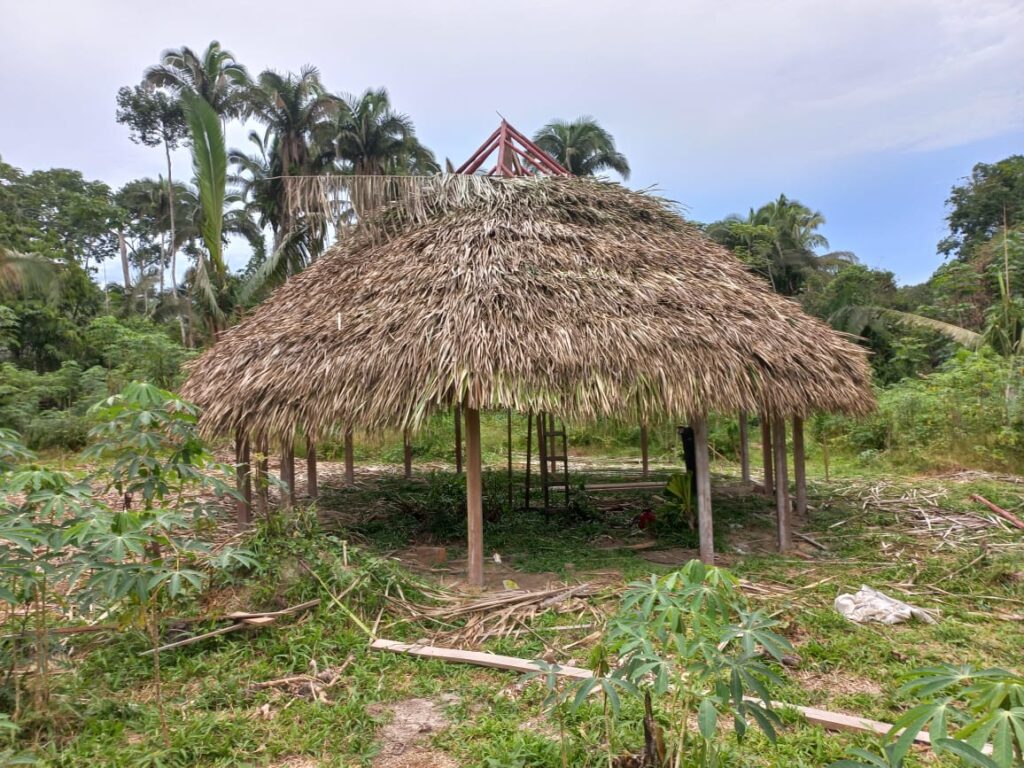
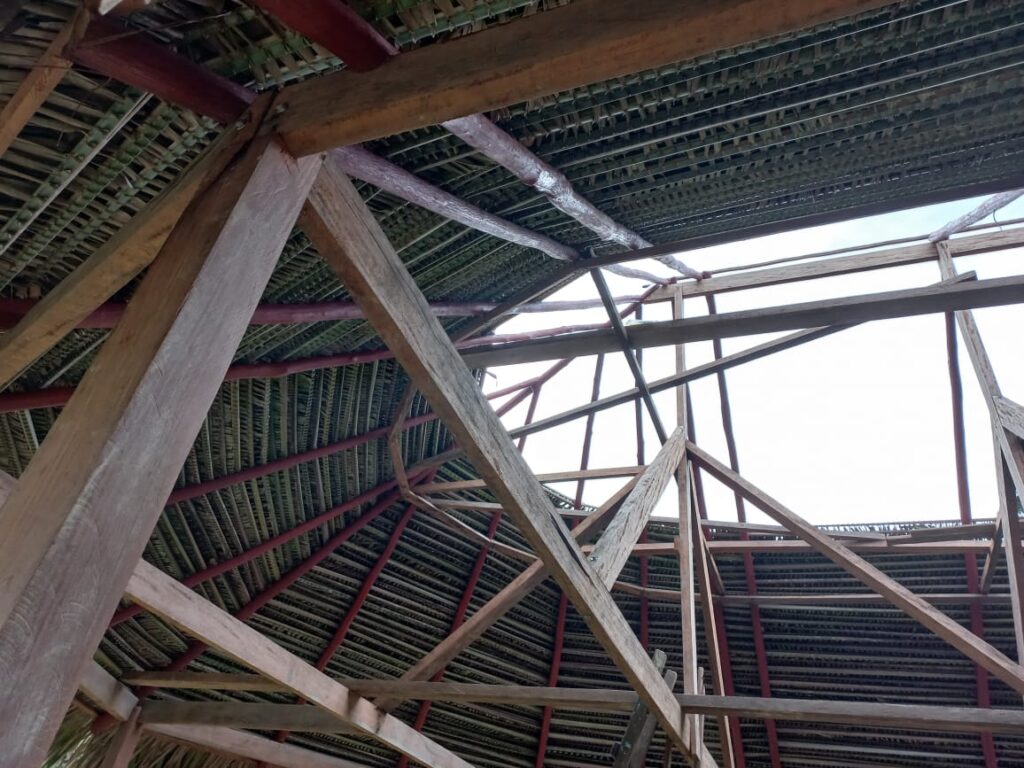
In view of the above, and considering the JI’s work to protect the forest and its guardians, it is developing within this scope beyond what is tangible, what is physical, and is also protecting intangible goods, which according to the United Nations Educational, Cultural and Scientific Organization (UNESCO) are characterized as:
“a) oral traditions and expressions, including language as a carrier of intangible cultural heritage; b) artistic expressions; c) social practices, rituals and festive acts; d) knowledge and practices related to nature and the universe; e) traditional craft techniques.” (UNESCO, 2003)
The same document states that the places associated with these practices are also protected, as they are the focal points of all this knowledge. This means that all this conglomerate of knowledge is characterized as Intangible Heritage of Humanity, i.e. cultural assets transmitted through primarily oral communication that span generations and are extremely rich for the history of humanity, thus making the responsible organizations ensure their protection.
“This intangible cultural heritage, which is passed down from generation to generation, is constantly recreated by communities and groups according to their environment, their interaction with nature and their history, generating a sense of identity and continuity and thus helping to promote respect for cultural diversity and human creativity.” (UNESCO, 2003)
Therefore, an AKA KAMENA (Meeting House) was built in the Kaarimã Village (T.I Xipaya) to transmit knowledge, promoting cultural strengthening, using the ancestral knowledge of the Xipaya people’s elders as a driving force to make the place a direct connection between the past and the present, in order to guarantee the future of an entire people. Culture is part of the cosmovision, the sacred and the day-to-day life of peoples. Aka Kamena is a refuge for connecting the spirit to the purest essence of the being.
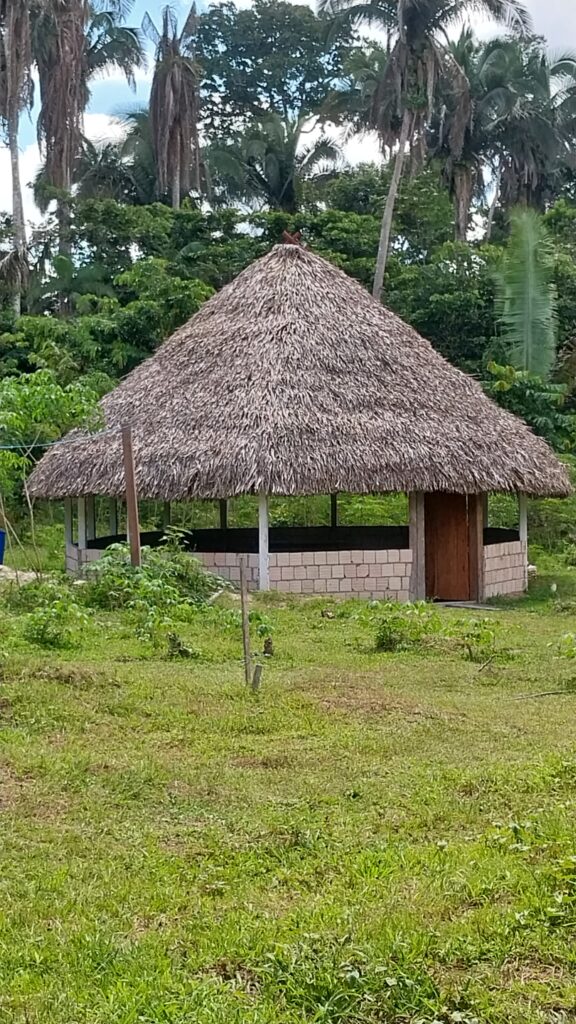
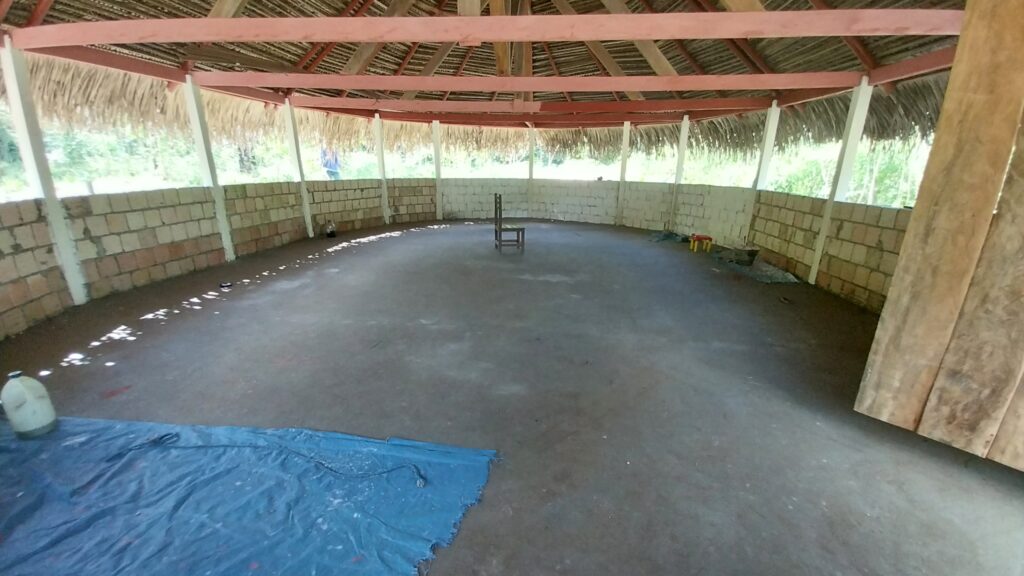
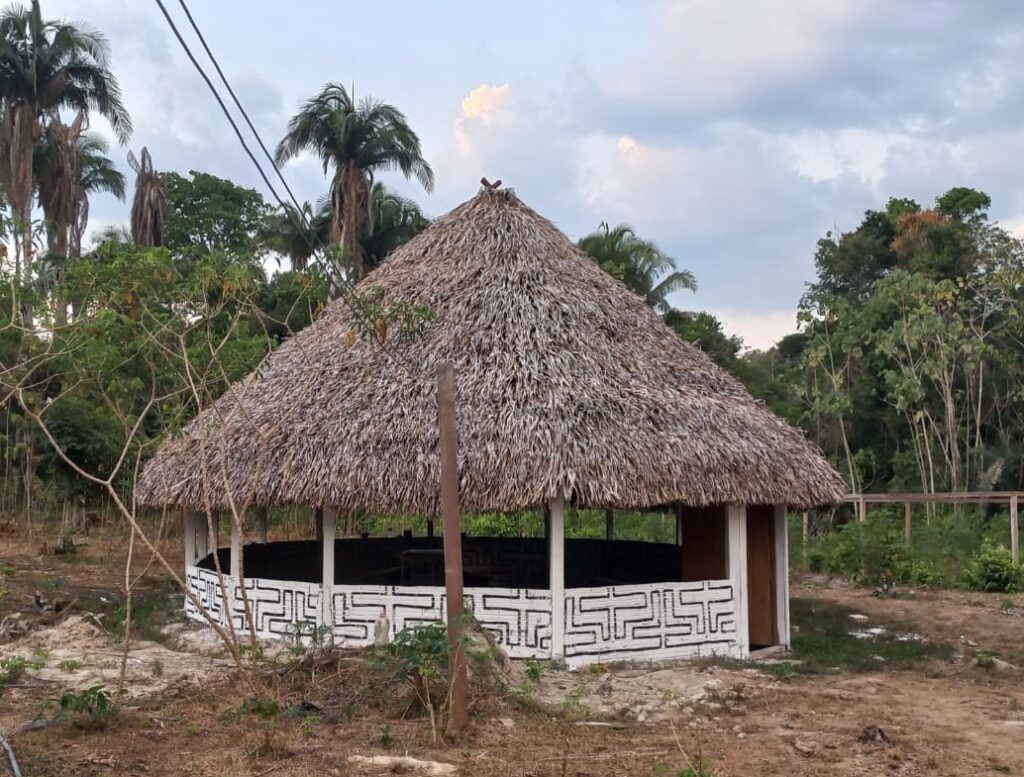
Text by: Rayane Xipaya
